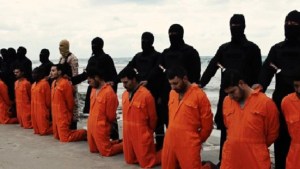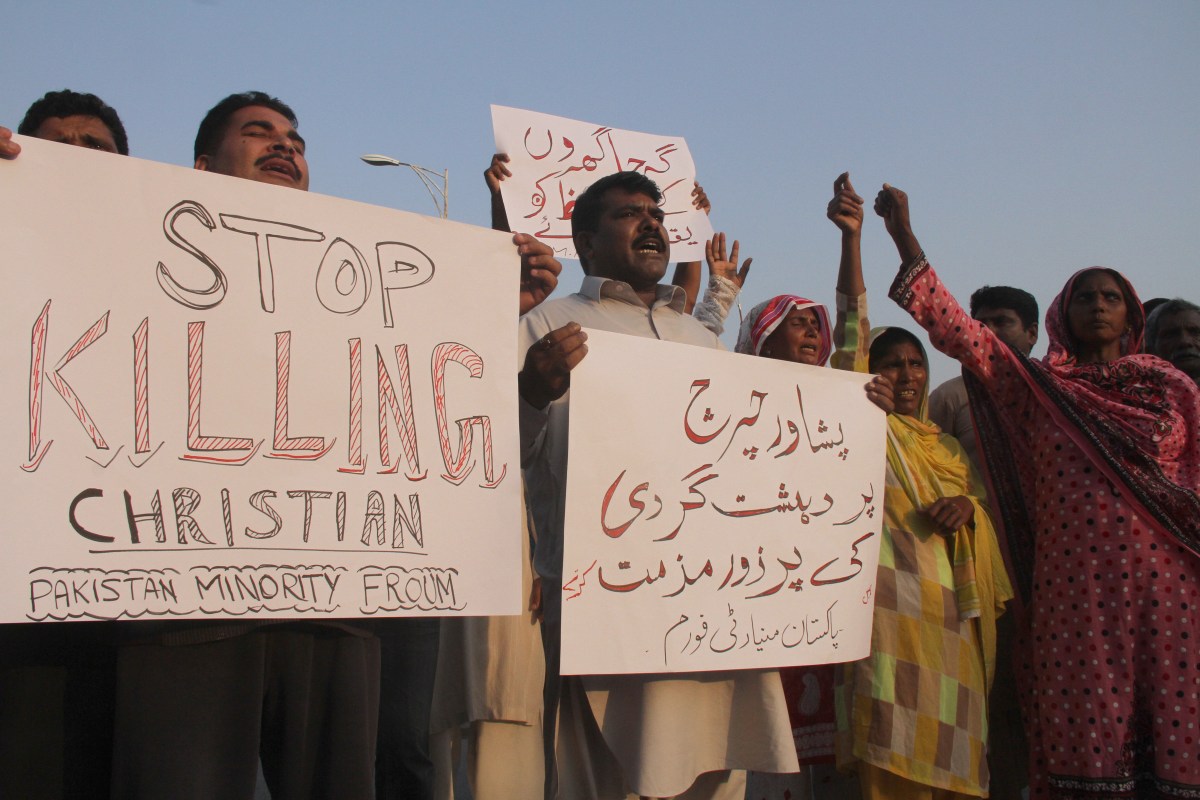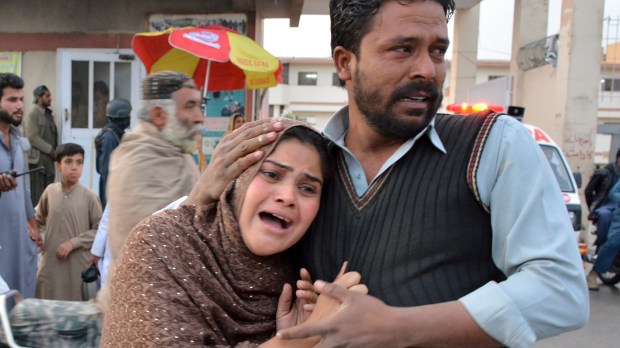Poco più di un mese fa, la Fondazione di diritto pontificio Aiuto alla Chiesa che Soffre ha pubblicato il suo Rapporto annuale. Circa 300milioni i cristiani perseguitati nel mondo e 38 i Paesi dove sono discriminati. Tanti di questi cristiani perdono la vita a causa della loro fede.
La strage in Africa
Solo nel 2018: cinque sacerdoti uccisi in Centrafrica in quattro diversi attacchi, oppure ai sette sacerdoti uccisi in Messico; in Nigeria c’è stato un attentato all’interno di una chiesa nel mese di aprile, dove sono stati uccisi altri due sacerdoti. In Nigeria solamente nei primi cinque mesi del 2018 quasi 500 cristiani sono stati uccisi in attacchi da parte degli islamisti fulani.
L’attentato in Egitto
Poi, veniamo ad esempio ad un recentissimo attentato, come quello in Egitto del 2 novembre, nel quale sono stati uccisi 11 cristiani che si recavano in un santuario vicino Minya. Quindi, purtroppo, le tante uccisioni registrate quest’anno confermano il dramma della persecuzione anti-cristiana (Vatican News, 26 dicembre).

Leggi anche:
Quello che non si è visto del video dell’esecuzione di 21 cristiani egiziani
La fossa comune in Libia
Intanto proprio nel giorno di Natale, resti di 34 cristiani etiopi uccisi da combattenti dello Stato islamico nel 2015 sono stati trovati in una fossa comune in Libia. Lo ha reso noto il ministero dell’Interno di Tripoli. I jihadisti avevano pubblicato un video nell’aprile 2015 che mostrava l’esecuzione di almeno 28 uomini, descritti come cristiani etiopi.
Un funzionario ha detto che i loro corpi sono stati scoperti vicino a Sirte, l’ex roccaforte de Daesh fino a quando non è stato estromesso dalla città costiera nel dicembre 2016 dalle forze fedeli al governo appoggiato dall’Onu in Libia (Avvenire, 26 dicembre).

